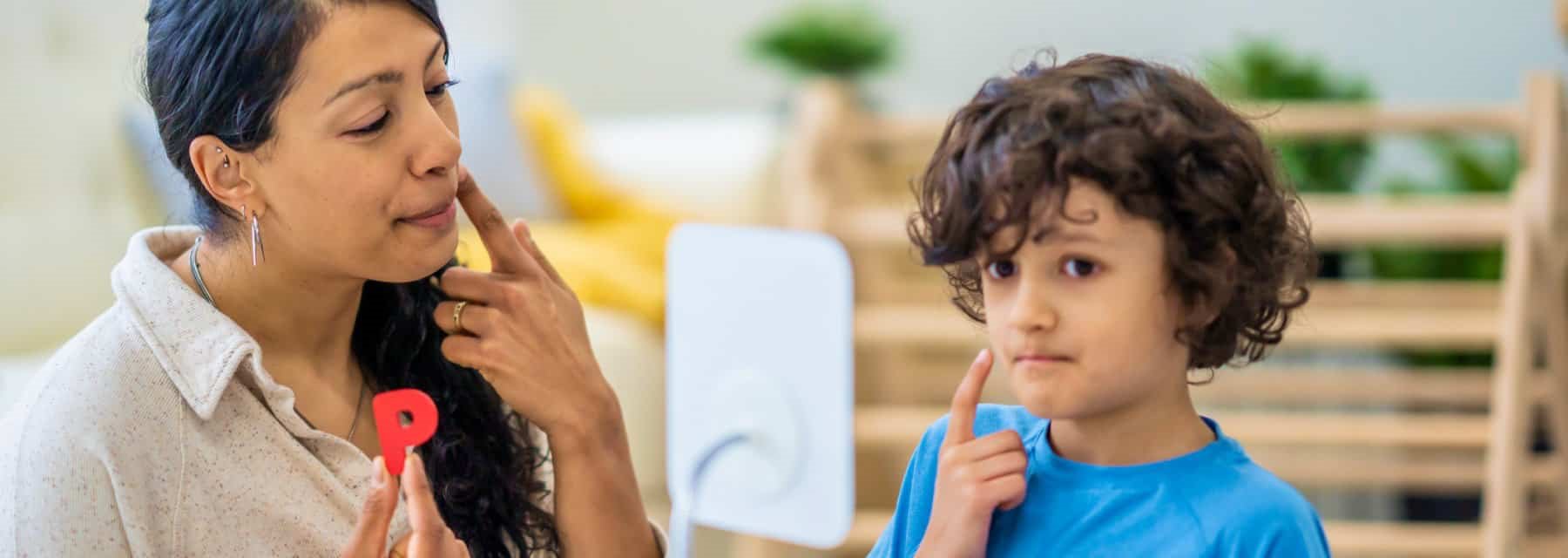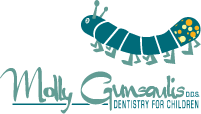
Myofunctional Therapy
Developmental Challenge
Orofacial dysfunction is connected to:
- Upper airway obstruction
- Finger or thumb sucking
- Pacifier or bottle use
- Orofacial muscular and structural differences
Signs and symptoms include:
- Speech distortion, such as a frontal lisp
- Open mouth positioning
- Dental abnormalities, like overjet or open bite
- Tongue thrust (when the tongue pushes forward during speech or swallowing)
“... you have far more influence over the shape and development of your child’s airway health than you might believe. This is both a big responsibility and a big relief, as it means that there’s hope to change even the most challenging physical issues that could be impeding good, healthy breathing and sleep quality.” Sleep Wrecked Kids by Sharon Moore; Chapter 5.
The aim of therapy is to have fun and integrate the activities into your daily life so they become natural and are not a chore. Early oral myofunctional therapy is important as oral habits are less ingrained and easier to change, encouraging healthy dental growth and overall health and development.
Assessment takes into account any contributing medical, dental or orthodontic concerns, the health, size and shape of the face and upper airway, and any early developmental challenge.
